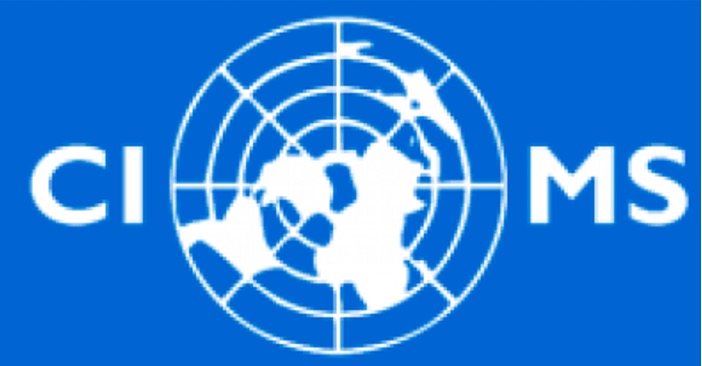
[contact-form-7 id=”1436″ title=”DownLoad – Provisions for Administration of Drug-related Associated Review & Approval for APIs, Excipients. and Packaging Materials (2020 Draft for Comments)”]
[contact-form-7 id=”1432″ title=”DownLoad – Announcement on Further Improvement of Drug (2019 No.56)”]
[contact-form-7 id=”1435″ title=”DownLoad – Announcement for Adjusting Evaluation and Approval for APls, Excipients and Packaging Materials (2017 No.146)”]
[contact-form-7 id=”1434″ title=”DownLoad – Provisions for Drug Registration (2020 No.27)”]